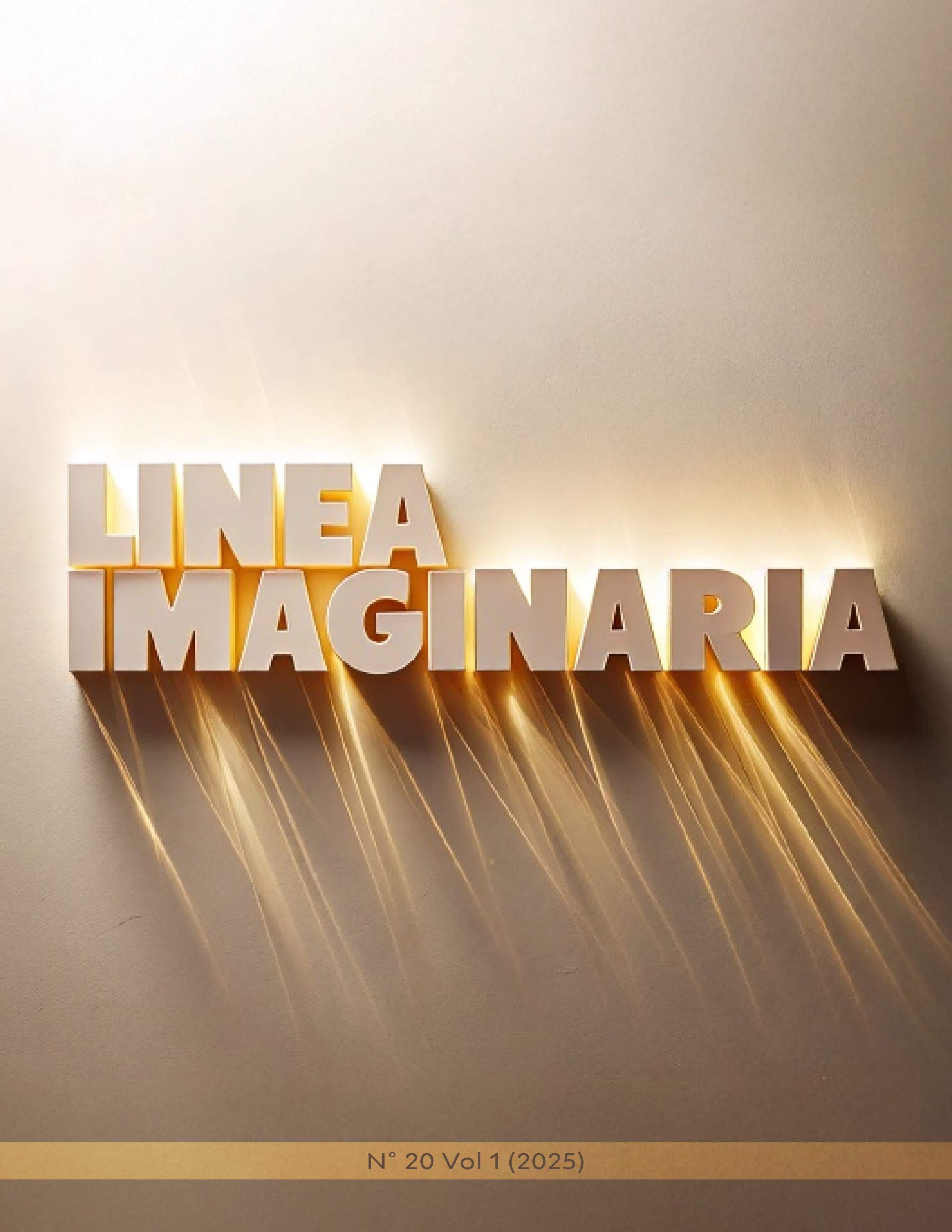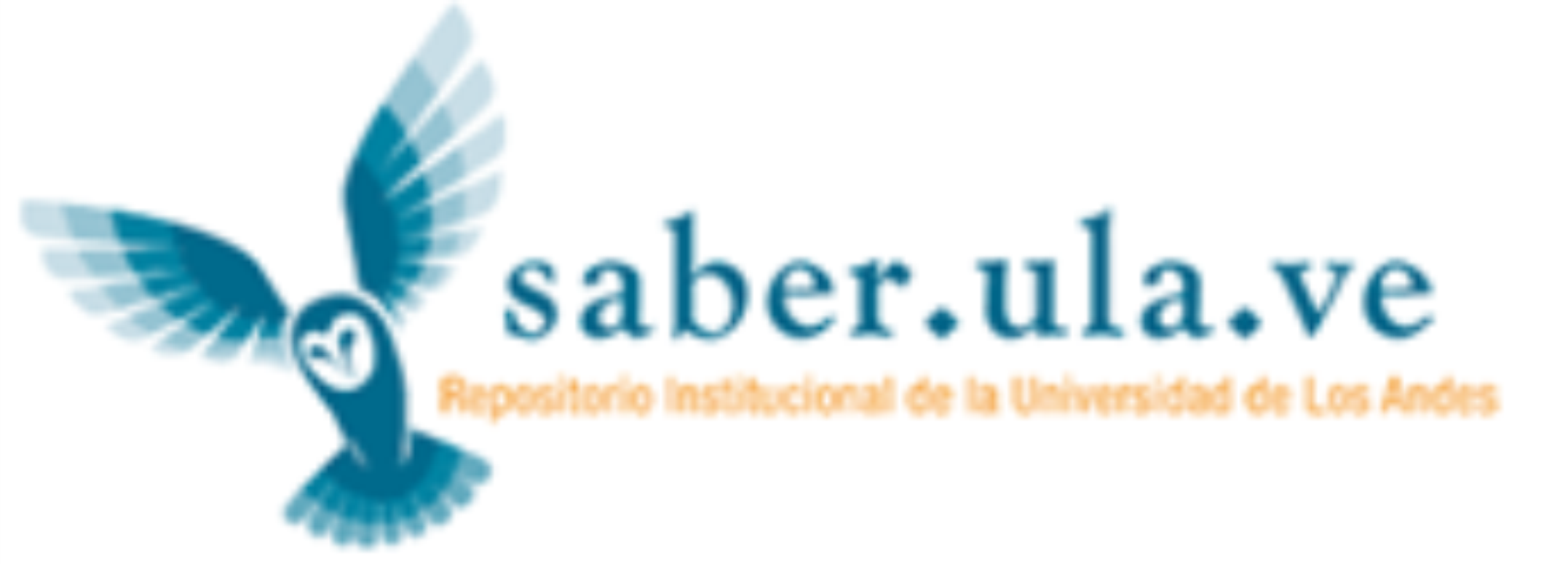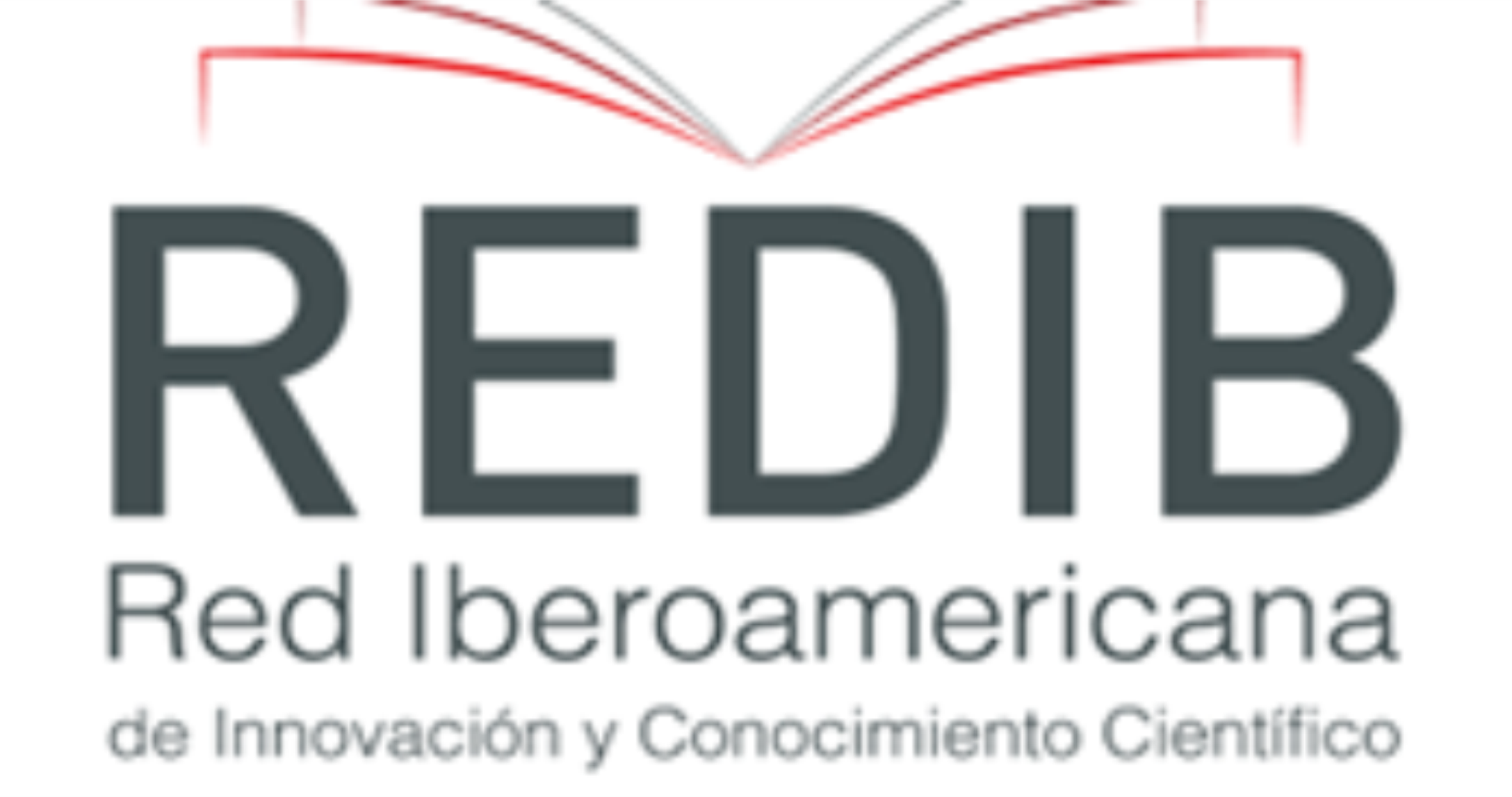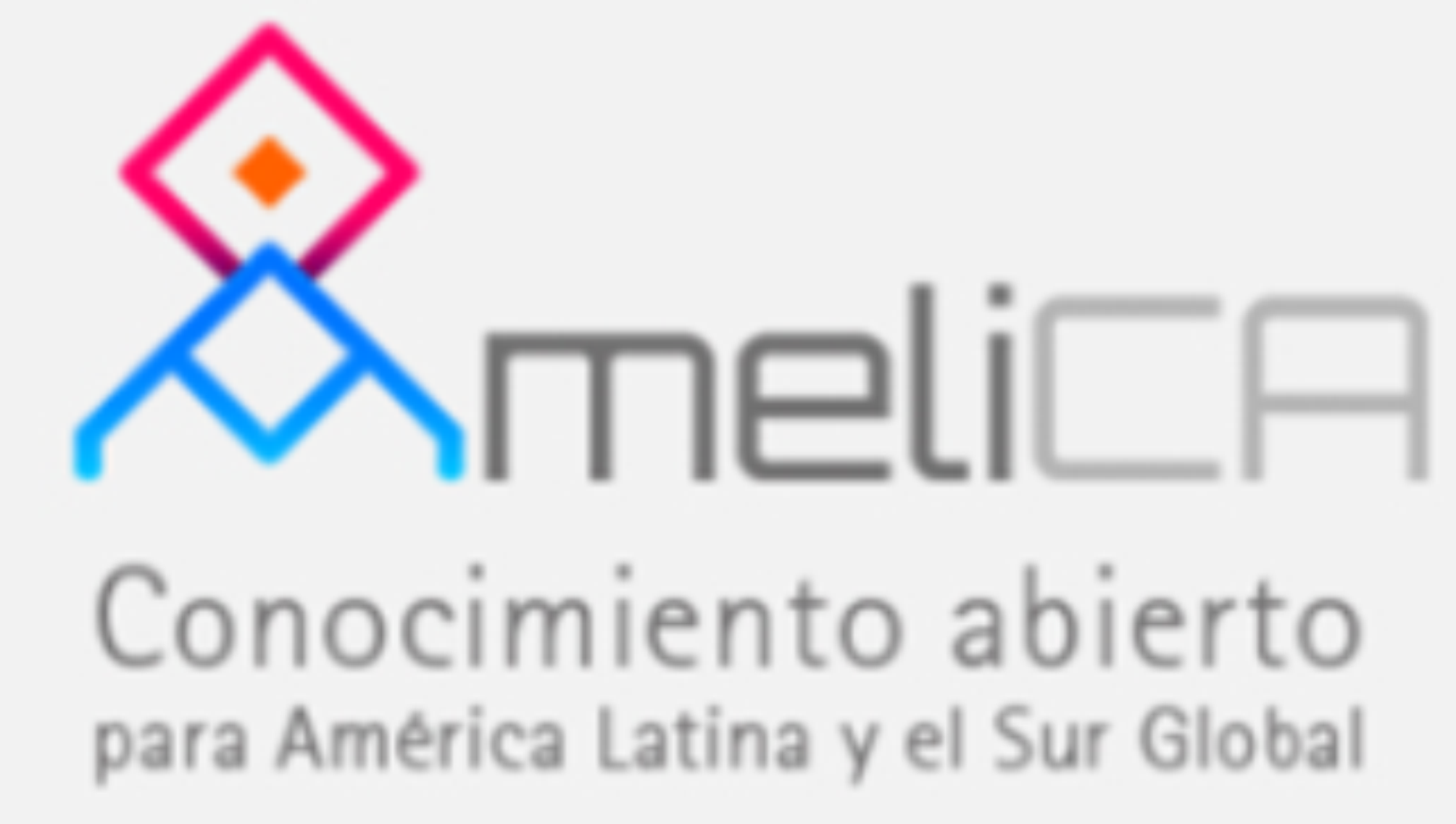IMPLEMENTATION OF ARDUINO AND PROJECT-BASED LEARNING IN TECHNICAL EDUCATION IN ELECTRONICS: A CASE STUDY USING GOOGLE CLASSROOM.
DOI:
https://doi.org/10.56219/lneaimaginaria.v1i20.3721Keywords:
Arduino, Google Classroom, Pedagogical Methodologies, Project-Based Learning, Technical Secondary Education in ElectronicsAbstract
The revolution in Information and Communication Technologies (ICT) has transformed multiple sectors, including education. This change prompts educators and researchers to explore new pedagogical methodologies that can enhance both teaching and learning (Gallo Macias, 2021). However, the effective implementation of these technologies in the classroom remains a challenge (Almiron, 2014).
In this context, the present study focused on Technical Secondary Education in Electronics, a field that requires both technical skills and soft skills for success in the professional world. The implementation of Arduino, an open hardware and software platform, and Project-Based Learning (PBL), a student-centered pedagogical approach, was explored to improve learning and student motivation. Additionally, Google Classroom was used as a learning management tool to facilitate teaching and assessment.
The need for new pedagogical strategies in teaching electronics is highlighted in previous research (Zárate Chafla, 2022). Furthermore, programming is identified as a key competency for students' academic and professional development (Tejera-Martínez, 2020). This study seeks to fill a gap in the existing literature by evaluating the impact of these pedagogical strategies on students' academic performance and the development of essential competencies such as collaborative work, effective communication, motivation, and responsibility. The study was conducted with a sample of 40 technical secondary education students in electronics, equally divided between 20 tenth-grade and 20 eleventh-grade students, and employed a mixed-method approach to provide a more comprehensive understanding of educational phenomena.
Downloads
References
Almiron, M. E. (2014). Las TIC en la enseñanza: un análisis de casos. REDIE. Revista Electrónica de Investigación Educativa, 152-161.
Barcia-Zambrano, A. S.-V. (2020). Google drive y Google classroom en el proceso de enseñanza - aprendizaje en bachillerato general unificado. EPISTEME KOINONIA, 370-385. DOI: https://doi.org/10.35381/e.k.v3i6.1030
Bermeo Paucar, J. R. (2021). La herramienta tecnológica Google Classroom en el proceso de enseñanza – aprendizaje en el Tercero de Bachillerato caso de estudio: Unidad Educativa Dr. Enrique Noboa Arízaga del cantón La Troncal. Tesis de Maestría, Universidad Estatal de Milagro, Milagro.
Gallo Macias, G. G. (2021). Aplicaciones de las TIC en la educación. RECIAMUC, 45-56.
Partida López, G. E. (2023). Arduino como herramienta para la enseñanza de la programación básica. EDUCATECONCIENCIA, 100-120. DOI: https://doi.org/10.58299/edu.v31i39.618
Tejera-Martínez, F. A.-G. (2020). Lenguajes de programación y desarrollo de competencias clave. Revisión sistemática. Revista electrónica de investigación educativa, 22, e27, 1-16. DOI: https://doi.org/10.24320/redie.2020.22.e27.2869
Zárate Chafla, L. (2022). El aprendizaje basado en proyectos y el uso de la plataforma Arduino en la enseñanza de la Electrónica. Universidad Tecnológica Indoamérica. Ambato: El aprendizaje basado en proyectos y el uso de la plataforma Arduino en la enseñanza de la Electrónica.
Downloads
Published
How to Cite
Issue
Section
License
Copyright (c) 2025 LÍNEA IMAGINARIA

This work is licensed under a Creative Commons Attribution-NonCommercial-ShareAlike 4.0 International License.
La revista Línea Imaginaria conserva los derechos patrimoniales (copyright) de las obras publicadas, que favorece y permite la reutilización de los mismos bajo la licencia Creative Commons Atribución-NoComercial-CompartirIgual 4.0 , por lo cual se pueden copiar, usar, difundir, transmitir y exponer públicamente, siempre que se cite la autoría y fuente original de su publicación (revista, editorial, URL y DOI de la obra), no se usen para fines comerciales u onerosos y se mencione la existencia y especificaciones de esta licencia de uso. Si remezcla, transforma o crea a partir del material, debe distribuir su contribución bajo la misma licencia del original.













